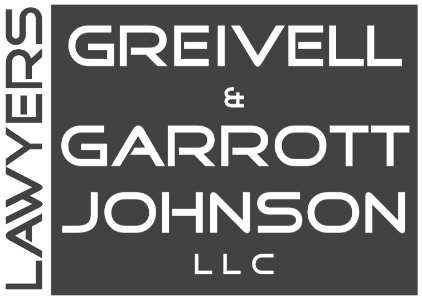There is good news for trial attorneys seeking to get into evidence any helpful information gleaned from an adverse party's or witness' social networking profile. Of course, this operates as bad news for anyone opposed to the introduction of the same material.
Today (May 27, 2010), the Maryland Court of Special Appeals issued a ruling that establishes the level of authentication necessary in order to admit printouts of an individual's social networking profile page (such as Myspace, Facebook, Twitter, LinkedIn, etc...). The case, Griffin v. State of Maryland, September Term, 2008, No. 1132, Maryland Court of Special Appeals, involved a nasty murder and, allegedly, witness intimidation. One of the State's key witnesses changed his story, and, in an effort to rehabilitate his credibility, the State hoped to prove that the cause for his inconsistent testimony was that he was being intimidated by the defendant's girlfriend.
The State found what it believed to be the girlfriend's Myspace page with a posting on it that said "SNITCHES GET STITCHES!! U KNOW WHO YOU ARE!!" A Maryland State Police investigator printed out the page showing the date it was printed.
The defendant objected, arguing that the State could not properly authenticate the document or establish that it was actually the girlfriend's Myspace page, or, that, even if it was, she was the one who accessed the site to post the message about snitches.
The trial court ruled that there was enough information within the printout to meet the low threshold requirements of authentication provided by Maryland Rule 5-901. According to the opinion, the trial court "must make its threshold determination of whether there is sufficient authenticating evidence on the basis of admissible evidence that the jury may later consider in making its ultimate determination of authenticity. ... However, the burden of proof for authentication is slight, and the court need not find that the evidence is necessarily what the proponent claims, but only that there is sufficient evidence that the jury ultimately might do so" (internal citations and quotations omitted).
Specifically, the court ruled that the document was sufficiently authenticated because (1) the profile picture was clearly of the girlfriend, (2) the profile stated the girlfriend's actual birthdate, (3) the profile made references to her children, and (4) there was a reference to a unique nickname the girlfriend admitted calling her boyfriend ("Boozy").
The Court, following the lead of an appellate case out of Ohio, dismissed concerns that "the possibility that someone else had used [her] account to send the messages cannot be foreclosed," emphasizing that "the evidence required to meet the authentication threshold for admissibility is quite low," and that "documentary evidence is properly authenticated if a reasonable juror could find in favor of authenticity" (internal citations and quotations omitted).
In light of how easy it is to create a fake Myspace, Facebook, Twitter, LinkedIn, etc... page, one might have expected the bar for authentication to be set slightly higher. Taking some pages from the efforts of the RIAA's reign of litigation terror against illegal music downloaders, one could certainly have subpoenaed Myspace for the IP addresses used to log in to the account, the email address tied to the account, and the "real name" given at the creation of the account. Then, you'd have to determine the internet service provider (ISP) who provided the IP address and subpoena the identity of the owner of that particular IP address at that particular time. Assuming you got the email address, you could subpoena the email provider for the subscriber information, e.g., real name given for the account, IP address used to sign up, log in, etc., as well as the contents of emails to help establish the identity of the person who used the email account.
This process is a major pain and, in practice, can take months to accomplish.
I once attempted to admit Myspace profile pages into evidence, and I was shot down. An adverse witness had at least a half a dozen references on his Myspace page to getting "baked," "smokin' some fine-ass homegrown," getting "tore up from the floor up," etc.. I was attempting to establish that his memory of the time in question may not exactly be crystal clear because there was a good chance he was stoned or drunk at the relevant time. The judge was not happy with me and refused to let me introduce the printouts because they were overly prejudicial - which was exactly my reason for wanting them in evidence.
Anyway, I had planned to authenticate them through the witness himself, cross examining him about the accuracy of the profile information, work and employment history listed, pictures, friends, etc.. I never had my chance.
The standard announced by the Court today seems quite low. That said, I'm not necessarily complaining because I know that I'm equally likely to want a high or low standard in any given case, depending only on whether I want the documents in or out.
In any event, be careful what you put in your public profiles, and, whatever you do, don't intimidate witnesses on your Myspace page - or anywhere else, really.
